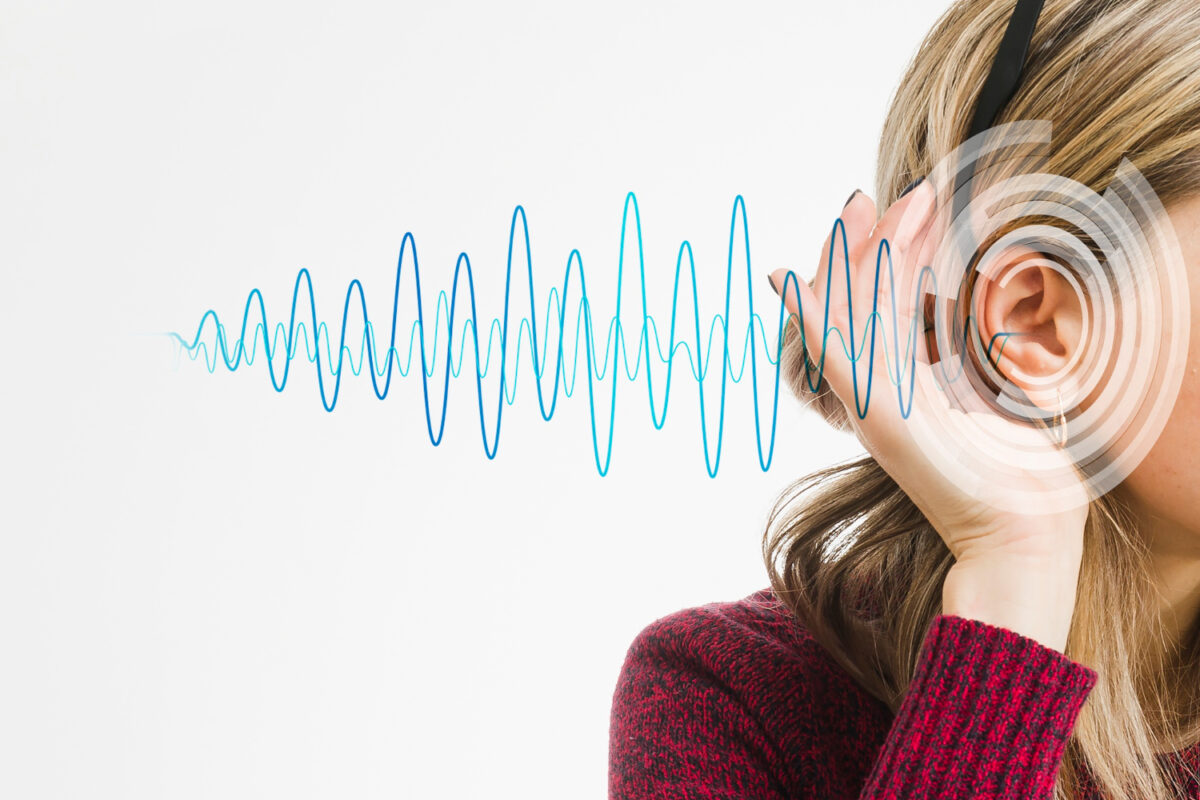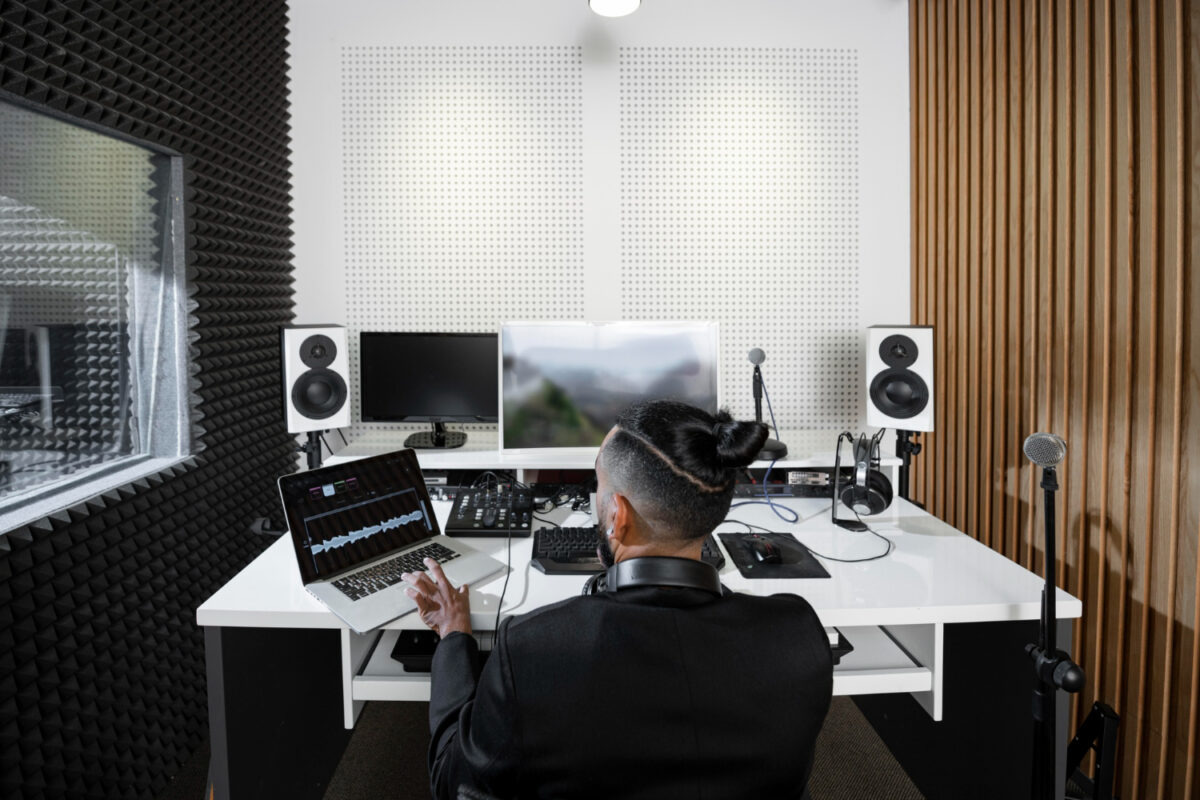
When it comes to sound design, there are a lot of things to keep in mind! This can be anything from the overall tone you’re trying to create, to specific details like which frequencies will be most prominent.
In this blog post, we’ll explore some of the key considerations that go into designing sounds. Whether you’re just getting started in sound design, or you’re looking to fine-tune your approach, we hope you find this information helpful!
1. The purpose of the sound. What are you trying to achieve?
When creating any sound, the first step is to establish its purpose. What do you want it to convey and what kind of atmosphere are you aiming for? If you intend to be playful, then you should look for sounds that reflect that tone. Bright melodies and cheerful tempo changes will set a positive mood while darker, more oppressive sounds will evoke feelings of despair and tension.
No matter what your main objective is, effective sound design requires an understanding of how music and audio can influence a person’s emotions. With the right combination of sounds, you’ll be able to create an atmosphere that perfectly captures the vibe you were going for!
2. The context in which the sound will be used
No matter the project, context is key! When designing a sound, it is important to consider the atmosphere and environment that it’s intended to be used. Is it meant to liven up a rowdy pub, or provide some soothing ambiance to a serene setting?
Depending on the requirements, the sound needs to be tailored accordingly – a boisterous bop will fit right in at a disco but feel completely out of place in a library! Adjusting the audio accordingly ensures you can jam out anywhere, creating an unforgettable atmosphere no matter what – now that’s music to my ears!
3. The duration of the sound
When mixing sound effects, the duration of a sound should be seriously considered! We all know just how important a great sound effect can be to completing any project – but don’t forget, you get to decide just how long it lasts.
Whether you need something quick and snappy or prefer a more lingering sound that builds suspense and tension, always take the time to consider how long your perfect piece should last. Have fun experimenting and mixing with sound – this is the exciting part of creating something unique!
4. The pitch of the sound: high or low-pitched?
When designing sounds, one of the most important aspects to consider is its pitch. Do you want your sounds to be high-pitched and bubbly, filling your environment with energy? Or perhaps you want low-pitched and mysterious, adding a hint of intrigue.
Either way, it’s important to know what feel and vibe you’re trying to create when deciding the pitch of your soundscape. Make sure your tone is playful and engaging – whatever sound you choose!
5. The volume of the sound. How loud or soft do you want it to be?
When mixing sound effects, one of the most important decisions is to decide on the volume – how loud or soft you want it to be. Whether you’re mixing music for a movie, commercial, or video game, finding the right balance between audio intensity and depth can make a world of difference in how an audience perceives and enjoys your mix.
Take some time to experiment with different levels until you hear the perfect blend that captures your creative vision!
6. The function of the sound
Crafting sound that is evocative and emotionally resonant can be a tricky thing, especially when designing with a playful tone. It’s important to consider how your sonic design can take on the feeling of light-heartedness and joy that you’re looking for.
When selecting or producing sounds, focus on processing for clarity and brightness, which will add life to the sonic scene and give the listener an upbeat feeling. Take care to check that your chosen elements don’t become too overwhelming or abrasive, as this could overpower the intended emotion of playfulness.
Ultimately, crafting sound with a playful attitude is ideal for uplifting listeners and creating an enjoyable experience.
7. How the sound will be spatialized?
Spatialization can be a lot of fun when mixing sound effects – like walking into a room and figuring out which direction that cool crashing sound is coming from! It brings us one step closer to a complete 3D experience and immerses the player further in your world. Consider environmental effects such as reverberance, doppler-shifting, and delays that take into account the sonic environment where sounds are heard. All these factors come together to make the player’s auditory experience unique.
Conclusion
Now that you know the five things to consider when designing sounds, you’re ready to start creating your sound effects. Keep in mind the purpose of the sound, the context in which it will be used, and the duration, pitch, and volume. With all of these factors in mind, you can create any type of sound effect you need. So get out there and start experimenting!
Get in touch with us
Related Posts

Location-Based Sound Recording: 6 Expert Tips for Noise Reduction

Secrets of the Sound Booth: 5 Tips to Achieve Professional-Quality Voice-Over Recordings
About Us
Lorem ipsum dolor sit amet, consectetur adipiscing elit. Phasellus pharetra pretium leo, sed lacinia nulla. Quisque iaculis, lectus sed eleifend vehicula, mi elit facilisis purus, vitae ornare magna elit non quam.
Get in touch with us
Let’s Socialize
Get in touch with us

